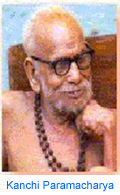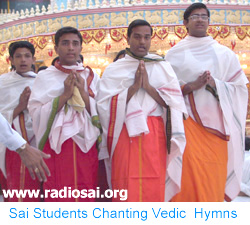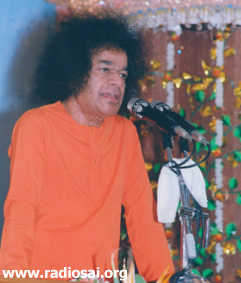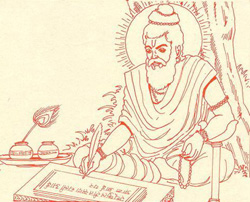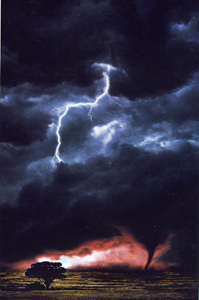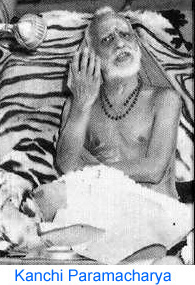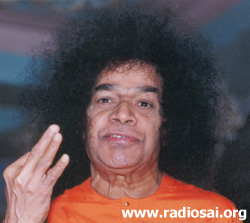The Structure of The Vedas
I must now say something about the structure of the
Vedas. It is usually said that there are four
Vedas. Yes there are, but this classification came after several thousands of years. Before that, it was, shall I say, a period of discovery? Revelations came to people belonging to different times, and these were encapsulated into
Vedic hymns. There were thousands and thousands of hymns but unfortunately, most of them have been lost in time. What has survived is only a small part. Even so, they are not only grand in themselves, but tell, in their own way, the story of the evolution of human thought. I shall come to that aspect a little later but for now, I shall stay with the topic concerning the structure of the
Vedas.
Today we recognise four
Vedas, the
Rig Veda, the
Sama Veda, the
Yajur Veda and the
Atharvana Veda. Apparently, it was Sage Vyasa who made the compilation and classification of
Vedic hymns in this manner. It is customary to identify in each
Veda, three portions known respectively as:
Samhita,
Brahmana and
Aranyaka. Thus, the
Rig Veda has its own
Samhita, its own
Brahmana and its own
Aranyaka. The same holds for the other three
Vedas also.
The Division within Each Veda
Now what do these three portions signify? Why this division? That is the question I shall address next. In a sense, the three portions are indicators of evolution of
Vedic thought. The word
Samhita means that which has been collected and arranged. The
Samhita portion of a given
Veda contains the
Mantras belonging to that
Veda, arranged in a systematic manner. These
Mantras comprehensively convey the main objective or the purpose of that particular
Veda. The
Vedic Mantras that we often hear come mainly from the
Samhitas.
Turning next to the
Brahmanas, these spell out how certain rituals ought to be performed. About the
Brahmanas, Swami has this to say:
The Brahmanas constitute an important part of the Vedas, and deal with the correct procedures for performing rituals like the Yajnas and Yagas. Being ceremonial rites for acquiring mundane pleasures, such ceremonies, however, cannot offer Atmananda or the Pure Bliss of the Atma. They can only enhance sensory enjoyment and provide epicurean pleasures, which are intrinsically transient. The search for pure abiding Bliss of the Atma led the ancient Rishis to the solitude of the forests.
This leads me on in a quite natural fashion to the
Aranyakas. This word is derived from the word
Aranya, which means forest. Thus, the
Aranyakas are sometimes referred to as forest books and with good reason. As already pointed in the quote from Swami, neither the
Samhitas or the
Brahmanas ask a person to give up everything and retire to the forest in order to contemplate on God and focus totally on spiritual development. No doubt chanting
Mantras from the
Samhitas does promote some purity of mind, but where spiritual development is concerned, they can take a person only so far.
The
Aranyakas have a different objective. They are meant for people who wish to reach higher levels of development through intense contemplation and meditation of the Supreme One in His most abstract aspect. The famous
Upanishads come at the end of the
Aranyakas and represent the quintessence of
Vedic Knowledge. As Swami puts it, “Ancient Sages have communicated the spiritual wisdom revealed to them through the
Upanishads.”
Evolution Of Vedic Thought – The First Step
The above brief introduction to the
Vedas also enables me now to comment on the evolution of
Vedic thought. If one goes carefully through the
Vedic texts that span the ages, one can see a clear line of evolution. The very early hymns are in the
Rig Veda, and they not only express ancient man’s sense of wonder but also reveal how he identified specific deities like Indra, Agni, Vayu and so on with forces of Nature. About all this, Swami says,
The very first experience in Indian thought is the thrill of wonder. This is expressed in the hymns or Riks found in the Rig Veda. The Riks are all about the deities or the Devas, like Indra, Varuna and so on.
From this we see that the very early seekers did not straightaway understand Brahman, the Ultimate and all that. Like people elsewhere, the ancients of India also were struck with wonder about Nature and all the forces that formed a part of her, like thunder, lightning, wind, rain, etc. They also understood, perhaps in their own imperfect way, that there was a subtle synergy between the various agencies of Nature that promoted the sustenance of life on earth.
Everything from the ant to the elephant was seen as a part of some mysterious Cosmic cycle. And so, the very first thoughts related not only to the inevitable sense of wonder but also to an important question of logic. If there were forces in Nature, there ought also to be agencies that controlled these forces. It is these that were identified as
Devas, and the
Devas in charge of different departments, shall I say, were given different names like Indra, Agni and so forth. This is what I would call the first level of thought in a long evolutionary process.
It is interesting in passing to note that the Greeks also went through almost a similar thought process. As would be recalled, the Greeks too had a god of fire, a god for this, a god for that and so on. In fact, tribes everywhere had their own spectrum of deities or spirits, be it in Africa or North America. What this shows is that ancients everywhere had the implicit belief that there was something in the Universe more that what one could merely see with the eyes and experience with the senses.


